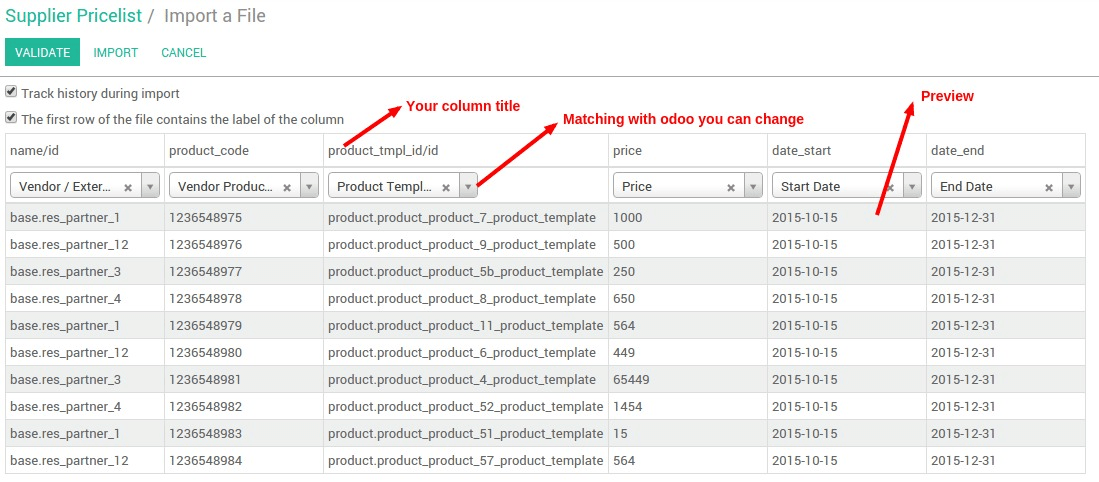

Since it moves fast it can be better for more intermediate-level users.As such, it is not necessarily a video for beginners but it does belong here since it shows off a typical workflow for.The process starts with ZBrush for the character sculpt, then moves to KeyShot for rendering and finally Photoshop for compositing. This is a sped-up video where the author narrates the process and tries to explain as much as possible.

In this tutorial you’ll learn to render a complicated product: the iPhone.While it may look simple, it is not as straightforward as it seems. You’ll also get comfortable in using the timeline which is a big part of KeyShot.The author also gives some advice to make your animations more convincing.
KEYSHOT CANNOT START IMPORTER HOW TO
You’ll learn how to use the geometry editor to split objects fast. It does not have controllers or joints for deformation.However, if you just want to create a short animation without going to other applications this video will show you the ropes.As an example you’ll learn how to animate an alarm clock. KeyShot is not really animation software. It’s more geared to advance material creation where you want layering such as paint on top of the metal.In this tutorial you learn how to combine bump textures and layering materials, among many other techniques. One big aspect is learning how to manipulate nodes to get the look you want.The first part explains the theory and the second part is hands-on with what the material graph can do.In essence, KeyShot’s material graph is a node-based visual editor.


 0 kommentar(er)
0 kommentar(er)
